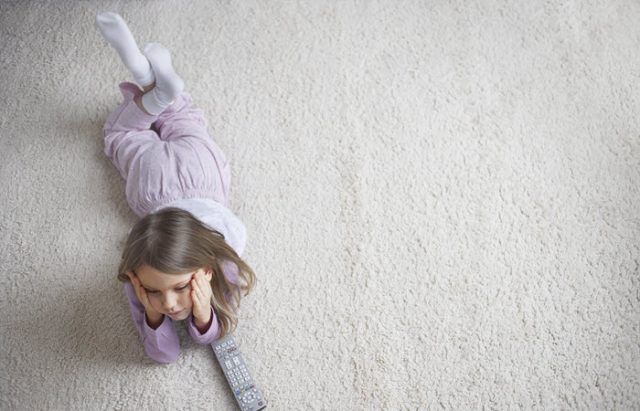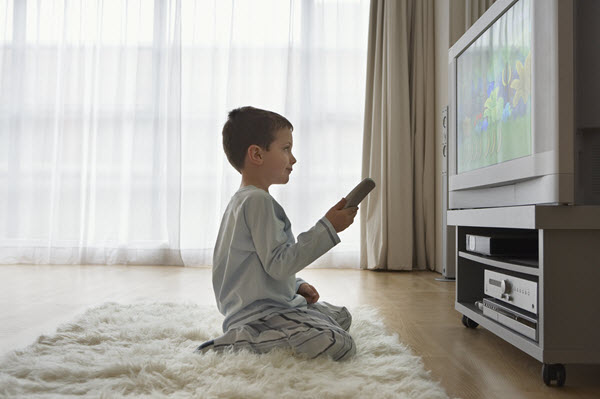Does Your Child Really Need Glasses? Here’s How You Can Tell
By Brian Wallace
July 17, 2018 • Fact checked by Dumb Little Man

Approximately one-third of children (under 18) in the United States wear glasses or contact lenses. Yet, many children don’t have the glasses they need. 14% of 5th graders went without needed glasses in the last year and nearly one-quarter of teens with correctable vision have the wrong prescription. Among African-American and Mexican-American teens, that rises to one-third who are wearing glasses with an insufficient prescription.
The Role Vision in Learning
Nearly half of children don’t notice they’re struggling to see until they can’t see the board in the classroom. At that point, their vision is likely already affecting their learning and performance in school.
Poor vision makes it difficult to read. It can cause headaches and tiredness that can interfere with one’s ability to focus on a task.
Parents often don’t realize their child has trouble seeing until told they need glasses during an eye exam. Kids rarely complain about poor vision because it’s all they’ve ever known. Don’t let your child fall behind – learn to spot the signs of poor vision.
Signs Your Child May Need Glasses
If you notice these signs that your child is struggling to see, it’s time for an eye exam:
- Tilting head to the side or covering one eye
- Holding books or mobile devices too close
- Sitting very near the television
- Complaining of headaches
- Struggling to do well in school
- Difficulty learning to read
- Frequently rubbing eyes
Early Intervention for Eye Health
Early detection of vision disorders is essential to children’s learning and development. In preschoolers, poor vision has been linked to delays in cognitive and motor development. Not being able to see clearly can interfere with children’s ability to learn and early treatment can be key to preventing further loss of vision.
Head Start provides preschool education to children from low-income families and requires every child to be screened for vision and eye health. As a result, 1 in 5 preschoolers enrolled in Head Start has a diagnosed vision problem. For children not enrolled in Head Start, regular visits to your pediatrician should include an eye check and screening for indication of poor vision.
Milestones for Infants & Toddlers
If your child has difficulty reaching these milestones it could be a sign of poor vision or other developmental issues. See your pediatrician for follow-up and testing.
- Maintaining eye contact (8 weeks)
- Smiling at familiar people (3-4 months)
- Watching and mimicking hand movements (5 months)
- Looking at and reaching for an object (6-7 months)
- Recognizing familiar faces (7-9 months)
- Pointing at pictures in books (9-12 months)
Vision Care for Children
Don’t ignore vision care just because your child doesn’t show signs of blurry vision. Vision care includes monitoring eye health through regular check-ups, in addition to determining the need for corrective lenses. An eye exam is recommended for every child with a family history of poor vision, a recognizable eye abnormality (such as the lazy eye), or who has other risk factors for vision problems.
Check out this infographic to learn more about children’s vision and eye health:
Please include attribution to FramesDirect.com with this graphic.
Brian Wallace
Brian Wallace is the Founder and President of NowSourcing, an industry leading infographic design agency based in Louisville, KY and Cincinnati, OH which works with companies that range from startups to Fortune 500s. Brian also runs #LinkedInLocal events nationwide, and hosts the Next Action Podcast. Brian has been named a Google Small Business Advisor for 2016-present and joined the SXSW Advisory Board in 2019.




